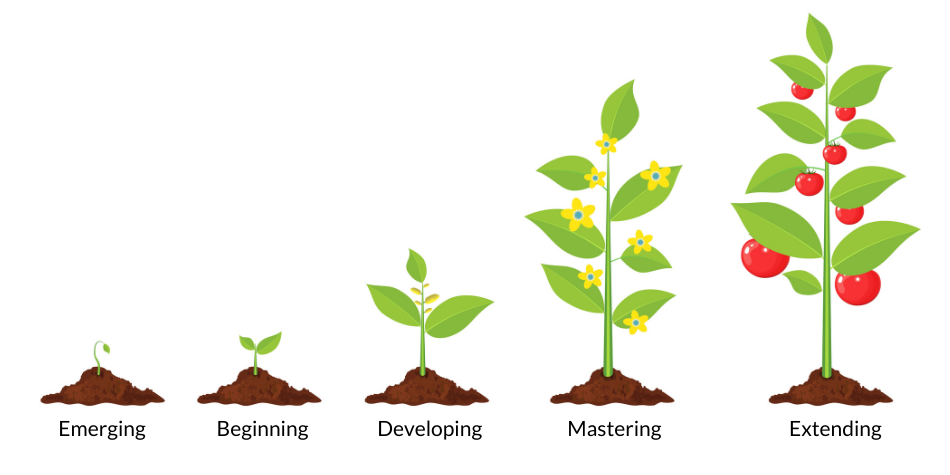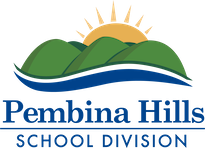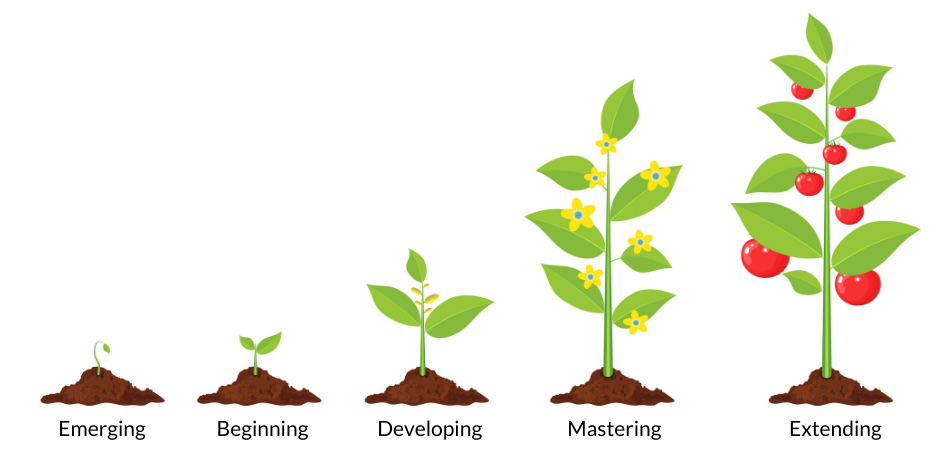At the October 14, 2020 regular board meeting, Assistant Superintendent Mark Thiesen presented changes to division-wide procedures on Student Assessment Evaluation and Reporting (AP 60-10). The changes focus on specific words that describe student progress. The goal is to change the words to imply a growth mindset – defined by author Carol Dweck as “when students understand that their abilities can be developed.” (Dweck, 2014)
“Simply put, we want to speak about all students as having potential for continuous progress,” said Thiesen. “Words like Limited, Satisfactory or Excellent describe student achievement reasonably well but they also infer constraints, and they do little to persuade students to strive for more.”
The power of “Growth Mindset” words
The Pembina Hills Education Plan describes core beliefs about our role in educating children. Continuous improvement on the journey of meaningful inclusion is at the foundation of these beliefs. During the last several years, teacher professional development has been focused on how best to apply the principles of meaningful inclusion and high impact teaching strategies.
The changes that teachers are making in the way they teach all students, has led us to also examine the way we speak about student progress. The growth mindset we expect in practice must be reflected in the language of our assessment and reporting procedures.
What has changed?
The new version of the document alters the words used when teachers mark student assignments and other assessment activities. While the new words impact Grades 1 – 6 specifically, the intent flows to all grade levels. Each of the words used to describe student growth and performance is accompanied by a very specific definition. It is critical that parents and students understand when students are at risk and when they are thriving.
Expecting growth and progress from ALL students
It was difficult to use previous descriptors for students who had partial or full Individualized Program Plans (IPPs). Imagine working at the peak of your ability only to be told that you were “Marginal” or “Limited”. Putting a lid on a student’s capacity like this often led to a defeatist self-fulfilling prophecy; “My teacher said I am marginal, therefore I will always be marginal”. When teachers tell students that their skills are “Beginning” to develop or that they are “Mastering” some content, students generally believe they have room for improvement and therefore continue to apply effort.
The new descriptors have been chosen to help students remain hopeful even if they are struggling, and motivated to reach further when they are already meeting expectations.
Identified vs Grade Level learner outcomes
The previous descriptors always referred to grade level learning outcomes — descriptions of what students need to know or demonstrate based on the grade they are in.
The new descriptors are intended to describe progress on students’ identified learner outcomes — descriptions of an individualized and attainable goal suitable for the student.
For most students the identified outcomes will still be grade level outcomes. But now their friends who have IPPs will be able to experience the feelings of growth and accomplishment as they progress toward their identified learning goals, even if they are different.
Year-end report cards will reference grade level outcomes
It is important to note that we are required to report final grades with direct reference to Alberta’s Programs of Study. Therefore the same descriptors (Extending, Mastering, Developing, etc) will be used to describe student achievement of grade level learner outcomes on their final report card. Parents of students who have been working on individualized programs will see the words “Modified” or “Adapted” and be referred to specific commentary about their child’s progress.
What about junior and senior high students?
For several years Pembina Hills has applied a five-level scale in elementary grades and the percentage scale in junior high and high school. This will continue. Grade 7-12 teachers will be expected to align their percentage grade scales with the definitions of achievement described for Grades 1-6. These descriptors will prove especially useful in courses such as Music, Drama, Art, Physical Education, and the board range of Career and Technology Courses such as Photography, Outdoor Education, Construction, and Cosmetology. In fact, Alberta Education’s “CTS Classroom Assessment Tool” was one of the resources used to inform the changes to the assessment language.
How will parents understand the new descriptions of achievement?
Most parents experienced letter grades ranging from F’s through D’s, C pluses, B’s and A pluses. Most adults have a clear understanding of how 95% is probably really excellent work and how 50% is just getting by. The revised document takes this into consideration and includes a page to show how the new definitions line up with traditional ones. We have also included a diagram to help young students understand their progress. The comparison chart appears at the end of this article.
The full document is available on the Pembina Hills website at www.pembinahills.ca, under “Our Division” and “Administrative Procedures.” Scroll to AP 60-10 Student Assessment, Evaluation and Reporting.
PowerSchool, FreshGrade and open communication
Open communication between parents and teachers (and students) about challenges, successes, content and achievements is a very effective element of student success in school.
If you have any questions about your child’s progress in school, contact their teachers, connect to PowerSchool, or if the teacher uses it – enrol in FreshGrade. These are important tools that teachers use to record and communicate about students’ progress in school.
| Table 3.B Interpreting and Using Achievement Levels | |||
|
Achievement Level (previous term) |
Key words | Estimated percentage range | Additive assessment scale (Max 20) |
| Extending (Excellent) |
|
90% – 100% | Plus 2 |
| Mastering (Proficient) |
|
80% – 89% | Plus 3 |
| Developing (Satisfactory) |
|
70% – 79% | Plus 5 |
| Beginning (Marginal) |
|
50% – 69% | 10 |
| Emerging |
|
< 50% | |


